Indianapolis, IN
1907: Industry along the White River dumped toxic waste with a lasting impact on low-income communities.
Courtesy of the Indiana Historical Society.
Areas along the White River and its tributaries in Indianapolis are affected by pollution from the city’s combined sewer system. View these sites and learn how the city and its residents are responding to the situation today.
Voice Over: Evan Dulaney, Agghilah Nadaraj. Contributors: Allison Baker, Kyrra Clevenger, Evan Dulaney, and Natalie Smith, IUPUI Museum Studies. Produced with Talking Eyes Media
Legal and illegal dumping in Indianapolis have polluted the White River for over a century. See what the problem looks like today and how one local group is working to address it.
Voice Over: Evan Dulaney, Coach Greg Harger. Contributors: Allison Baker, Kyrra Clevenger, Evan Dulaney, and Natalie Smith with IUPUI Museum Studies.
Indiana University – Purdue University Indianapolis. Produced with Talking Eyes Media.
Current and historical pollution of the White River disproportionately impacts low-income and immigrant neighborhoods on the west and south sides of Indianapolis. Decades of poor waste management from former industries near the river affects residents today. A sewer system from the early 1900s combines wastewater and storm water in a single pipe that overflows into the river.
Industries valued real estate near the river for access to its fresh water and energy. In the late 1800s, pro-business legislation and practices allowed industries to dump their waste in the river. Discriminatory housing practices and disinvestment created neighborhoods that had few resources to advocate for change.
The Kheprw Institute (KI) is one grassroots organization empowering citizens to address current and future pollution. KI convenes the Environmental Justice Assembly and collaborates with community partners on citizen science projects to educate residents in environmental justice and advocacy.

1925: The Washington St. Bridge carried workers over the White River to industrial jobs and home.
Courtesy of the Indiana Historical Society.
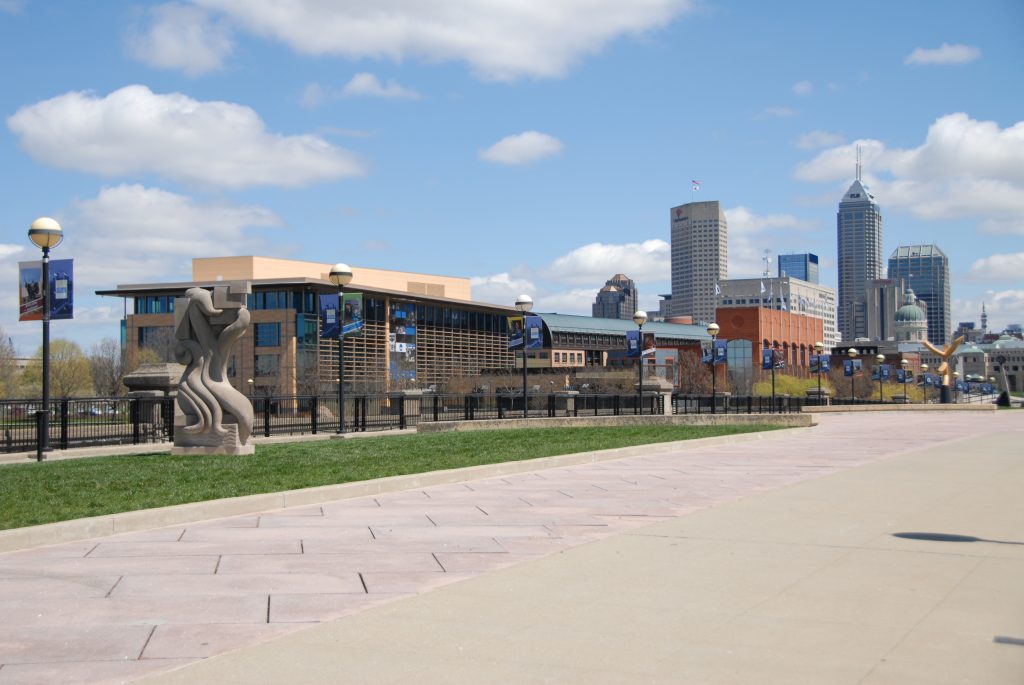
2019: The bridge is part of the White River State Park that replaced preexisting communities and industries.
Courtesy of Jacqueline Rooksberry.
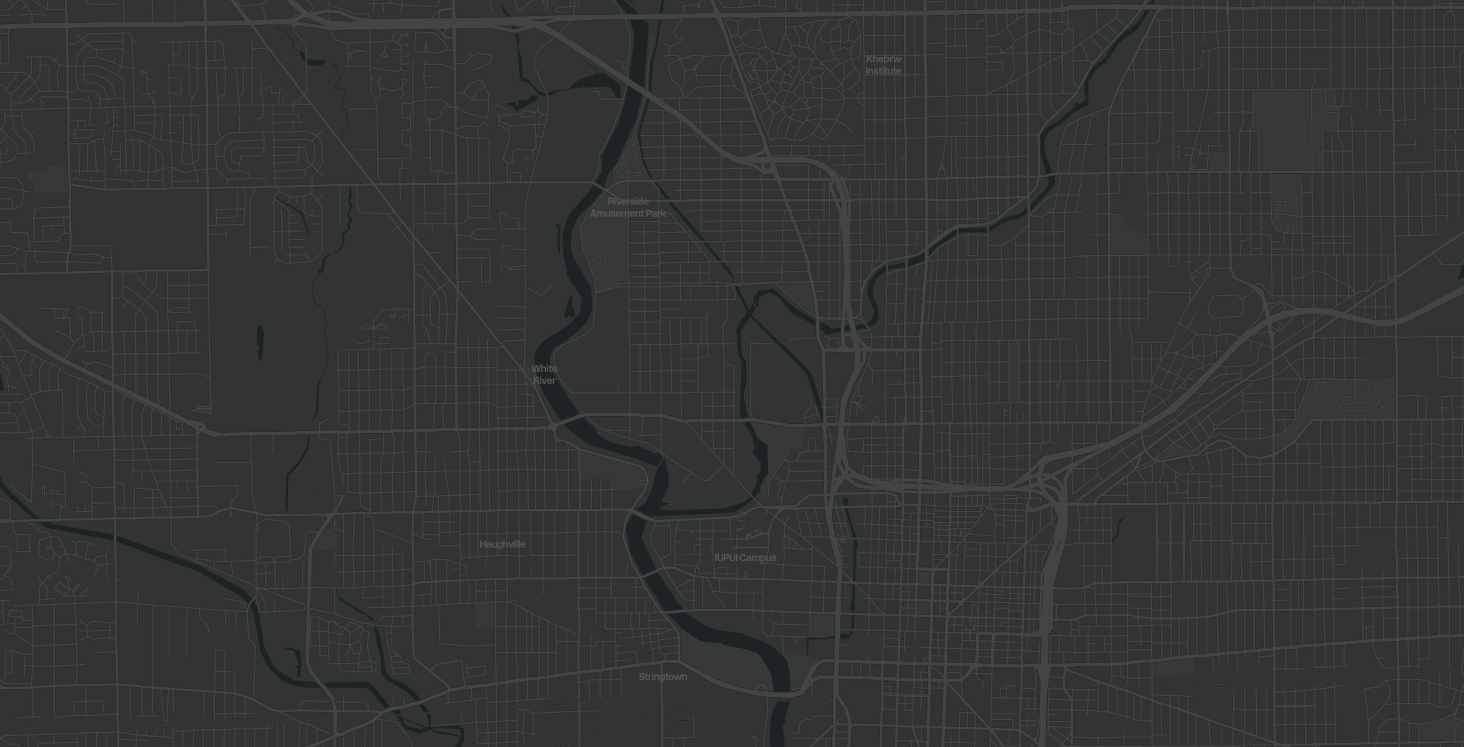



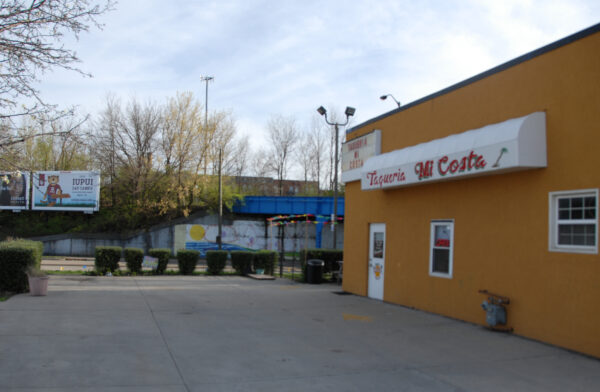
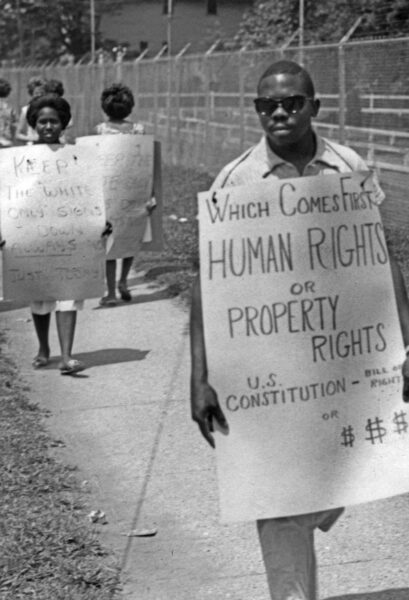
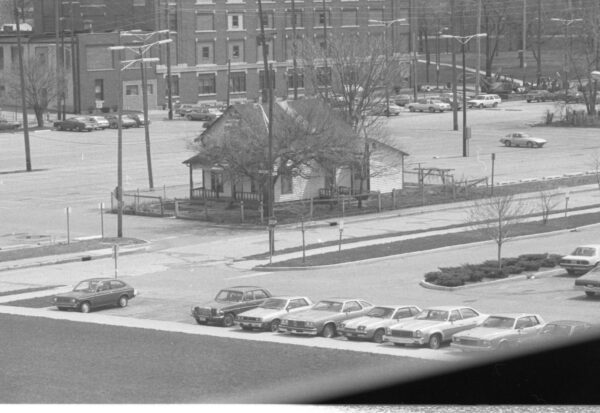
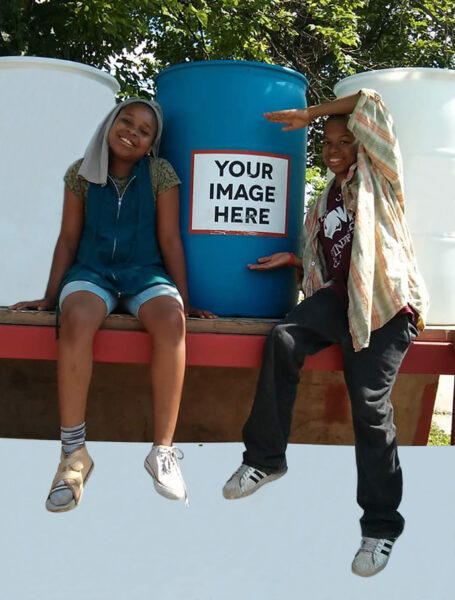

2019: The original people of this land, the Myaamia (Miami) call this river “waapikamiiki,” or “it is white water.”
Courtesy of Jim Fuller.

2019: Since the 1900s, rainwater overloads the combined sewer system, pushing human waste into the White River.
Courtesy of Jacqueline Rooksberry.

1919: National Malleable Castings Co. paid for Slovenian immigrants’ travel in exchange for employment.
Courtesy of Bass Photo Co. Collection, Indiana Historical Society.
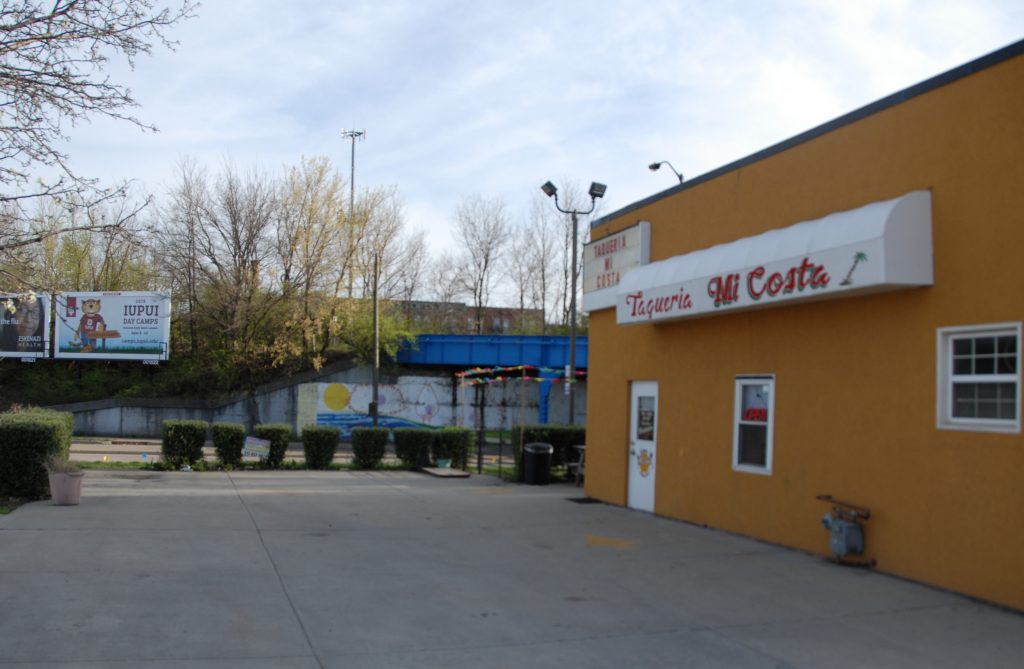
2019: West Indianapolis is 7% Latinx, and immigrant families continue to be exposed to toxic conditions.
Courtesy of Jim Fuller.

1962: Picketing Riverside Amusement Park; many parks and public pools were segregated, leaving people of color to seek relief from the heat in polluted waterways.
Courtesy of Indianapolis Recorder Collection, Indiana Historical Society.

1980: The owner of this house resisted the IUPUI campus’s displacement of an African American community.
Courtesy of IUPUI Special Collections and Archives.

2012: Express Yourself rain barrels allow residents affected by pollution to collect fresh water.
Courtesy of Kheprw Institute.
Our Point of View
The issues in this exhibit became personal as we realized that we live in some of the communities and areas affected by environmental injustices in Indianapolis. Access to clean water is no longer a distant problem. The perseverance and influence of grassroots organizations like our project partner, the Kheprw Institute, inspires us. By attending their meetings and engaging with members, we learned how small steps can lead to powerful changes in our city. We hope our audiences will be as moved as we are and work for change.
—Indiana University IUPUI
Our mission is to create a more just, equitable human-centered world by nurturing youth and young adults to be leaders, critical thinkers, and doers to bring about change that leads to empowered self-sustainable communities. By collaborating with IUPUI students, we built relationships that allowed both the students and our youth leaders to get experience in leadership development and deep listening. Our members asked critical questions, gave the students a historical context of race and displacement, and connected students with community organizing efforts, including our Environmental Justice Assembly (ej.kheprw.org).
—Kheprw Institute